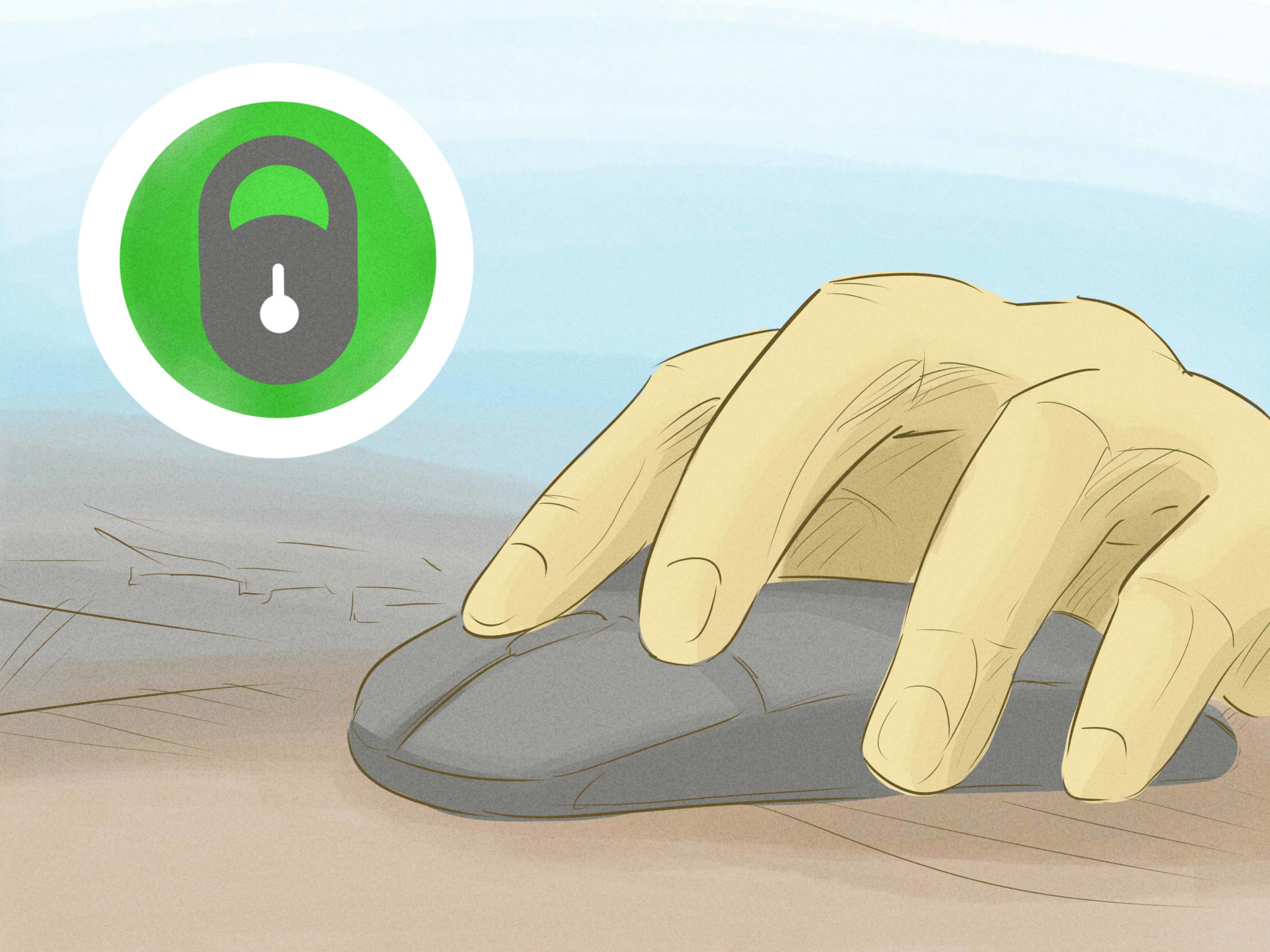
What If A Family Member Steals My Identity
June 11, 2016Every consumer has three reports, managed by credit bureaus TransUnion, Experian and Equifax. As the source of all credit information, credit reports contain a variety of sensitive data, including:
- Full name, address, and Social Security Number
- Current and past employment information
- Current and past account names, numbers and balances
- Public records such as judgments and liens
- Collections, charge offs and bankruptcies
When identity theft occurs, a scammer may use your information to make additional purchases or even open new accounts in your name. The result is credit damage that often leads to lost reputation, higher interest rates, inability to gain new credit, and long-term issues.
Whether identity theft is suspected or materialized, there are ways to minimize credit damage and prevent future problems from occurring. You have the option of placing a fraud alert or credit freeze in your credit reports. So, which one should you choose?
What is a fraud alert?
As a free service, a fraud alert is a 90-day protective measure offered by the credit bureaus. Placing a fraud alert in your file prevents anyone from opening a new account or acquiring a loan in your name. Lenders must contact you directly before approving credit applications as well. For example:
Suppose an identity thief is attempting to open a new credit card in your name. Before approving the new account, the lender is instructed by the fraud alert to contact you for verification of the application. You inform the lender that you did not apply for a new credit card, blocking access to the scammer and protecting your credit in the process.
In addition to credit protection, fraud alerts have the following benefits:
- They are free for a 90-day period
- You must only apply for one fraud alert; the credit bureau you choose will contact the others and notify them of the change.
- A fraud alert entitles you to free copies of your credit reports
Drawbacks include:
- A mandatory 90-day alert period
- Inability to make other changes while the alert is in place. This means you cannot remove credit report errors until the fraud alert is lifted
- Inconvenience when applying for new credit
What is a credit freeze?
As an added measure of protection, a credit freeze prevents even lenders from accessing your credit file without permission. For example:
Suppose you decide to buy a new car while a fraud alert is active in your file. The dealership must run a credit check during the financing process, but their request is denied while a credit freeze is in place. You must grant the dealership access to your file using a PIN number provided by the credit bureau.
Benefits of a credit freeze include:
- Access to existing creditors
- PIN number or password system, allowing you to grant personal access to specific parties or to temporarily lift the freeze when you plan to apply for credit
- Greater safety related to credit report access
- The credit freeze remains in your file until you ask to have it lifted
- Peace of mind for consumers who do not use their credit regularly, have been victims of identity theft, and parents who want to protect their minor children from financial crimes
Drawbacks include:
- While there is usually no cost for victims of identity theft and senior citizens, fees for other consumers usually range from $5 to $10 and vary by state and are assessed when placing and lifting a freeze. Refer to Consumers Union’s guide for more information about the regulations in your state.
- Unlike fraud alerts, you must contact all three credit bureaus to place a freeze on each individual report. This means you’ll also pay a fee for each freeze.
- Lifting a credit freeze can take time—15 to 30 days—which could hinder applying for a new loan or other credit-related action.
The bottom line: The credit bureaus have come a long way when it comes to helping consumers recover from theft and safeguard their credit files. Consult a professional when deciding which measure of protection to use.

